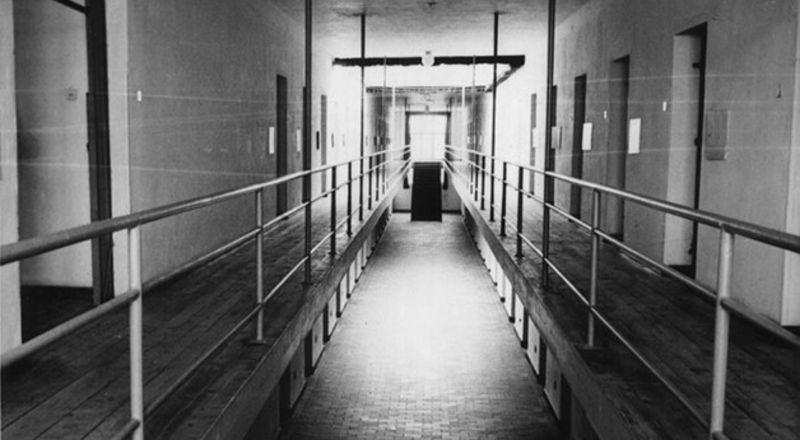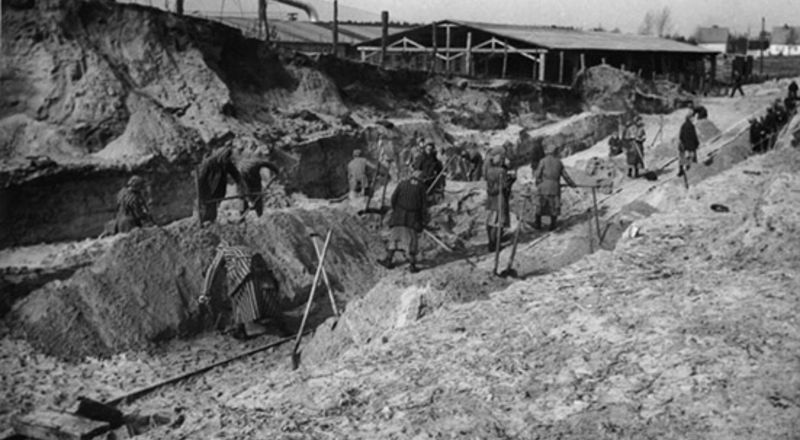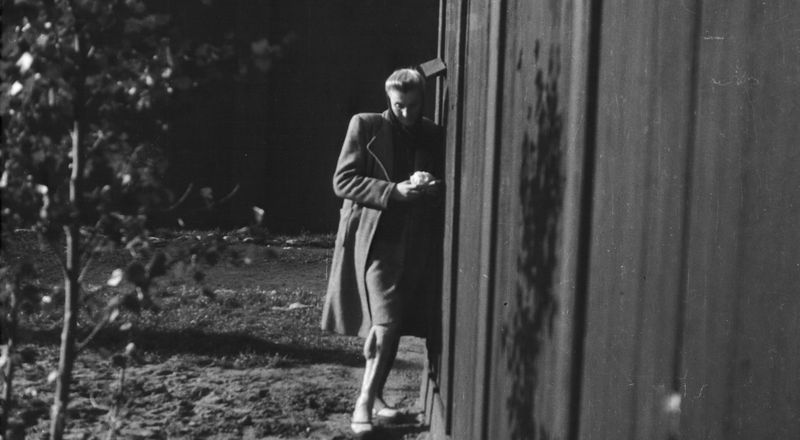The Ravensbrück Women’s Concentration Camp (1939–1945)
Establishment of the camp
In 1939, the SS established the largest women’s concentration camp in the German Reich in the Prussian village of Ravensbrück, near the former Mecklenburg spa town of Fürstenberg. In the spring of 1939, the first female prisoners were transferred from Lichtenburg concentration camp to Ravensbrück. In April 1941, a men’s camp was added, which was also under the command of the women’s camp commandant. In June 1942, the adjacent “Uckermark juvenile protective custody camp” for girls and young women was opened.
Expansion and forced labour
The women’s concentration camp was continuously expanded until 1945. The SS had more and more barracks built to house prisoners and, in the autumn of 1944, added a tent. Inside the camp wall, an “industrial yard” was created with production sites for tasks such as sewing, weaving and braiding. Outside the camp perimeter, the company Siemens & Halske built 20 workshops where prisoners were forced to work from the late summer of 1942 onwards. As the war progressed, more than 40 satellite camps were established across the German Reich, in which Ravensbrück prisoners were used as forced labourers.
Prisoner numbers and origins
Between 1939 and 1945, approximately 120,000 women and children, 20,000 men and 1,200 adolescent girls were registered as prisoners. Those deported to Ravensbrück came from more than 30 nations, among them Jewish people as well as Sinti and Roma.
Violence, murder and extermination
Tens of thousands of prisoners were murdered, died from hunger or illness, or as a result of medical experiments. As part of the “14 f 13” programme, around 1,900 prisoners deemed disabled or unfit for work were killed. Among them were Jewish prisoners who were murdered in the gas chamber of the “Bernburg sanatorium and care facility.” From 1941 onwards, Ravensbrück also served as a site of execution: countless women (the exact number is unknown) were executed by shooting. In early 1945, the SS installed a provisional gas chamber in a hut next to the crematorium. Between late January and April 1945, approximately 5,000 to 6,000 prisoners were murdered there by gassing, including around 100 prisoners from the men’s camp.
Evacuation and liberation
Shortly before the end of the war, the International, Swedish and Danish Red Cross evacuated around 7,500 prisoners to Sweden, Switzerland and France. Following an evacuation order from Heinrich Himmler, the camp commandant Fritz Suhren forced the more than 20,000 remaining prisoners to march northwest in several columns. On 30 April 1945, the Red Army liberated the Ravensbrück concentration camp, where around 2,000 sick and weakened prisoners had been left behind.
After the liberation
Liberation did not mark the end of suffering for many of the women, men and children. Many died in the weeks, months and years that followed, and many survivors continued to suffer from the physical and psychological consequences of their imprisonment for decades.
→ Learn more about the years after liberation: Early Commemoration (1945–1959)














